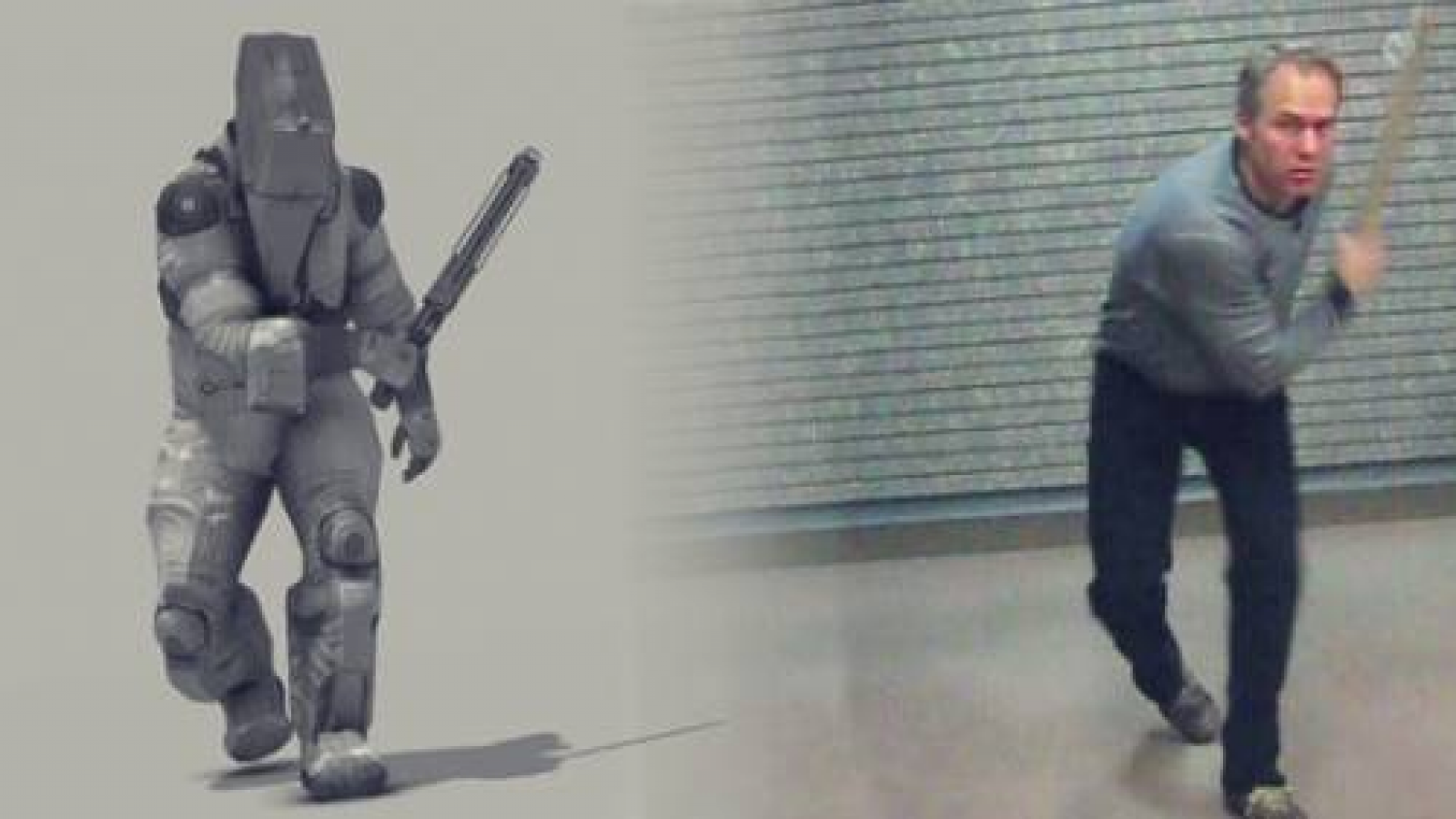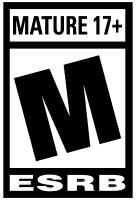

The process of bringing a character or enemy to life involves many talented individuals, all working together with a single vision. We’ve talked before about what it takes to sculpt character models in the past but that’s only one step in the process. Once a character’s final art direction is in place it’s time for another team to step in.
From the limping stride of the Infested Ancient to Mirage’s cheeky kiss it’s our Animation Department that gives each character their own personality. Figuring out the exact way a MOA would run are the kinds of problems Ian Hulbert has to handle on a regular day. Not that he minds.
Why don’t you tell us a little bit about yourself?
Well, I’m a Senior Animator here at Digital Extremes. I animate everything from characters and creatures to ships and weapons. I’ve worked on a ton of animations, and a lot of the cinematics and trailers.
How long have you been working in animation?
I started working in the animation industry back in ‘94 at a company in Los Angeles called Rhythm and Hues Studios. Over the years I’ve worked on about 20 feature films, a few theme park films, and numerous commercials. Nine years ago I joined Digital Extremes and have loved every minute of it.
And what got you into animation?
I think I’ve always been fascinated by how things move and work. With animation it isn’t so much how something’s moving, but rather why it’s moving that way. What is the character thinking? You get into the personality of the character.
I want to know everything I can about a character before I start so I can give it a personality. No matter who or what the character is, I still want it to be as believable as possible.
Are there any differences between working on a game versus a film or commercial?
I do the same sort of thing that I would do when working on a film or commercial. The biggest difference is when working with live action there are usually background plates that I’ll need to animate a creature onto.
What characters have you helped to animate?
It’s kind of hard to answer because I’ve done so many! We have an amazing team of animators here, and the work is divided in such a manner so that everybody does a little bit of everything - so I’ve worked on just about every character, we really all touch a bit of everything.
I really like how Geoff splits the work between us. Variety is nice.
Do you have a favorite animation from everything you’ve done?
I definitely enjoy working on the cinematics because they often have dialogue, and I love doing facial animation on characters and creatures. One of the things that sticks in my mind as a favorite, and I think it’s because it’s one of the first things we did, was the first trailer for Warframe.
Everybody was so passionate about this new game we were making. We made this trailer by everybody working late and striving to make it the best that it could be. We knew that it would showcase everything we’d been doing. I still think back to that one as a favorite because we gave it everything we had.
Could you share what you currently are working on now?
Right now I’m working on a couple Infested characters. They’re a lot of fun because we get a task of what they’re supposed to do and what they need, but then I can put my own spin on it.
It still needs to run, walk, jump, but for example this one I’m working on I thought maybe should move around a bit like a gorilla. We have a lot of bipeds so maybe a quadruped would be nice. It’s worked out quite well because when you see them all in game they don’t all look the same. We have a really nice variety.
What exactly is involved in creating a unique animation?
I look at what we currently have, and say ‘well everybody has seen this, how can I make this a little different?’ All the characters need to move around and do similar actions, like attacking or dying, so it’s my job to make the character do the same thing but look different.
It’s a lot of fun having that little bit of freedom to put your own spin on it.
Do you have a preferred method for animating a character?
I prefer keyframe animation simply because you start with nothing. You have to make a believable character out of nothing. It’s quite satisfying to see your character come to life and be a real, living thing. It’s almost like a painting where you start blocking out your basic shapes, then refine it and refine it until you polish it and it’s finished. Small, basic steps that all come together.
That being said, there’s a really good use for motion capture as well. If I’m working on a cinematic where a character has some dialogue, I can go into our mocap (Motion Capture) studio and I just put the suit on myself. I have the audio file playing of what the character is going to say and I can just act out the scene and record it. This way everything I’m doing in the suit I can see in real time on the big screen.
There’s usually a little bit of cleanup that needs to be done, like keyframe animating the fingers, toes, and facial animation, but that’s where you give it that final polish before it’s good to go.
Are there any unique challenges you face as an animator?
The biggest challenge with animation is probably the deadline. I think it’s that way for any job but it reminds me of a saying from one of my animation mentors, Bill Kroyer. “You’re never done, you just run out of time.”
I think the point he was trying to make was that even if something looks finished, you can still tweak it in some way. You can always make it that little bit better. I sort of carry that saying with me today.
Have you ever revisited an animation you’ve worked on?
Yeah, but it sort of depends. Sometimes I’ll submit an animation but it turns out we have a little more time so I’ll go back and polish it. Or, they want to have a certain attack on a character so I’ll do that; but then we see it may look better if the character used either arms, or one arm. We try what we think is going to work and occasionally we have to go back and tweak something so that it gets the best impact.
How long does it generally take to animate a character?
It’s difficult to say because every character is different. You can have a hit reaction that takes you half an hour because it’s just a little flinch, or you might do a death animation that takes you a day. It depends on the complexity of what it is they want. Sometimes we’ll do it and give it to the programmer or level designer and they’ll give us feedback like ‘this needs to be faster’. There’s a bit of back and forth tweaking.
Do you have any advice for someone looking to get into animation?
The most important things to learn are the basics. Whether you’re looking to get into games or movies or cartoons, it’s important to have a basic understanding of drawing and storytelling, no matter what software you’re going to use. Technology is always getting better and better, but if you don’t have an understanding of the basics it’s not going to matter what tools you use.
The software doesn’t make the animation, rather, we make the animation in the software. Everything that I’m doing is on the computer, but in a way it’s really just a fancy pencil. Whether you’re doing it on a computer, traditionally, or stop motion, you need to have all the fundamentals first.
There are a lot of great schools out there. I went to Sheridan College where I studied Technical Illustration and Animation. The internet is also full of great references and tutorials. There are a few books that I think you really need to have if you’re going to get into animation. The Illusion of Life: Disney Animation, Cartoon Animation, and The Animator's Survival Kit are sort of like the bibles of animation.



Thanks again goes to Ian and incredible team of animators for their continued work on Warframe’s characters. Things just wouldn’t be the same without the plethora of witless, menacing, and sometimes adorable foes Tenno need to face. We hope everyone has enjoyed this brief glimpse into the art of animation in Warframe.














